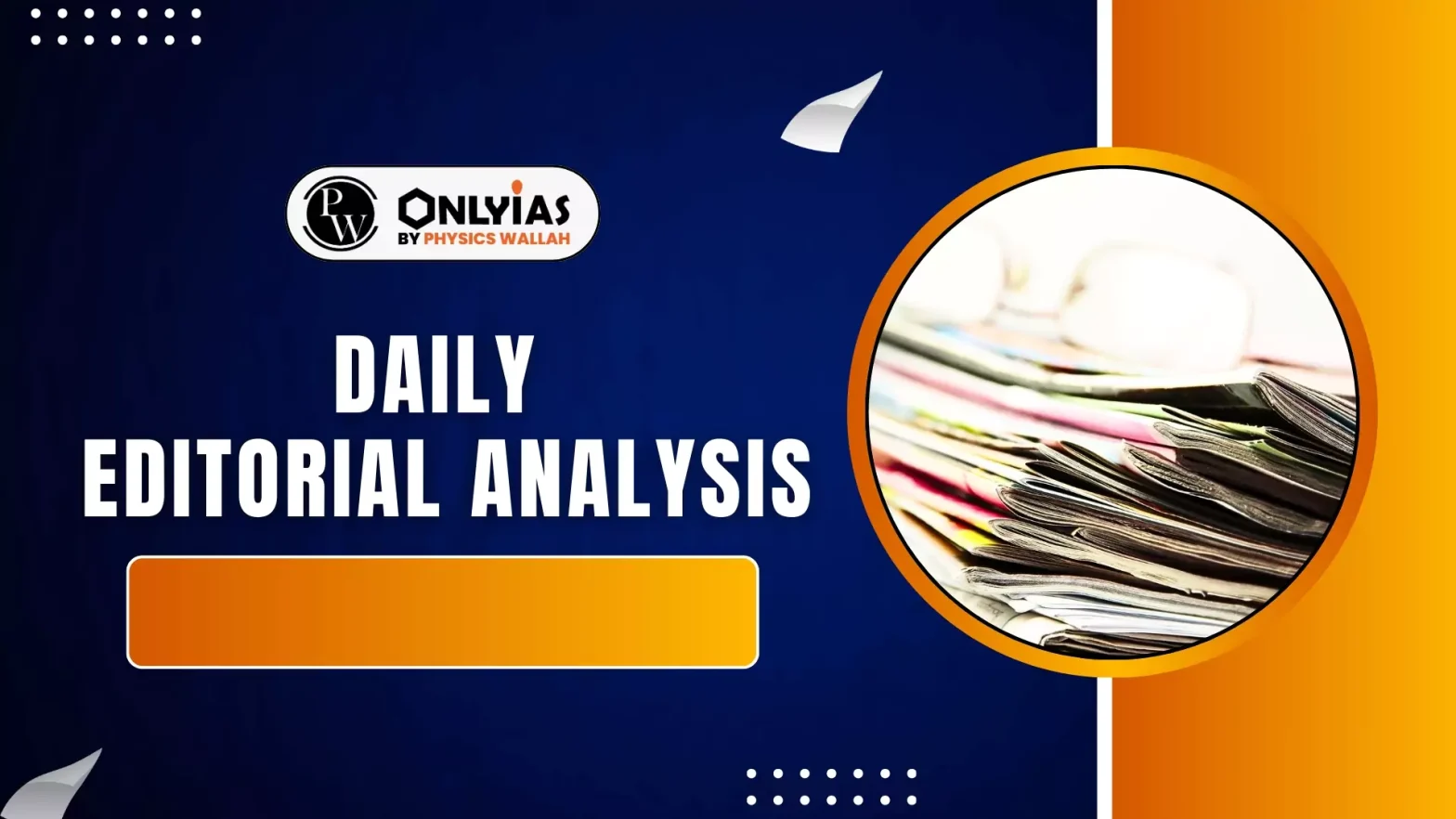![]() 15 Nov 2025
15 Nov 2025

The Flexible Inflation Targeting (FIT) framework, which mandates RBI to maintain inflation at 4% ± 2%, is set to expire in March 2026 and is currently under review.
Check Out UPSC CSE Books
Visit PW Store
A stable inflation framework for India ultimately depends on targeting headline inflation and maintaining strong fiscal discipline.
| Mains Practice |
|---|

<div class="new-fform">
</div>